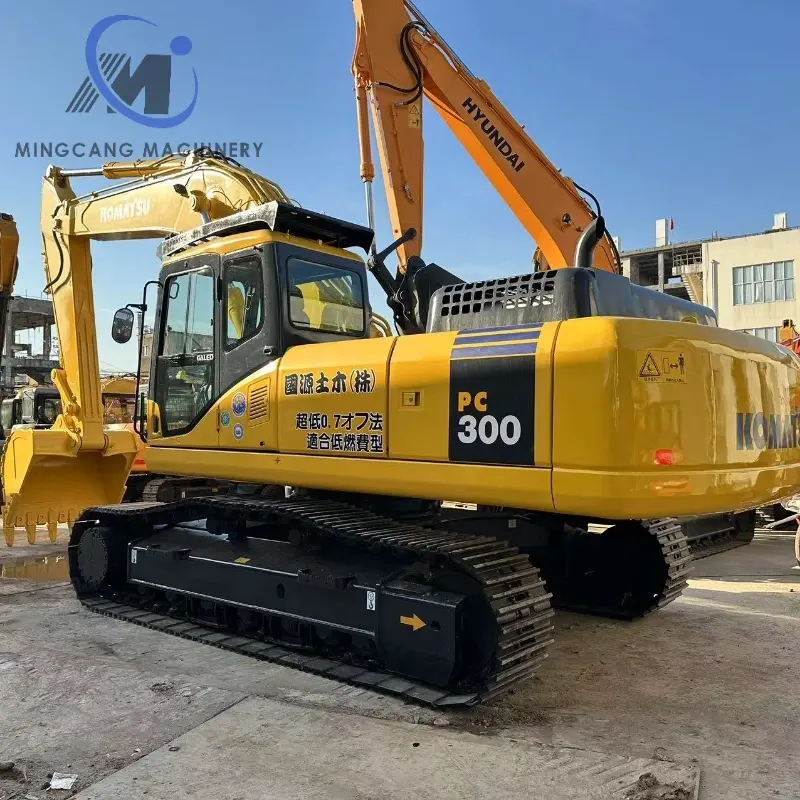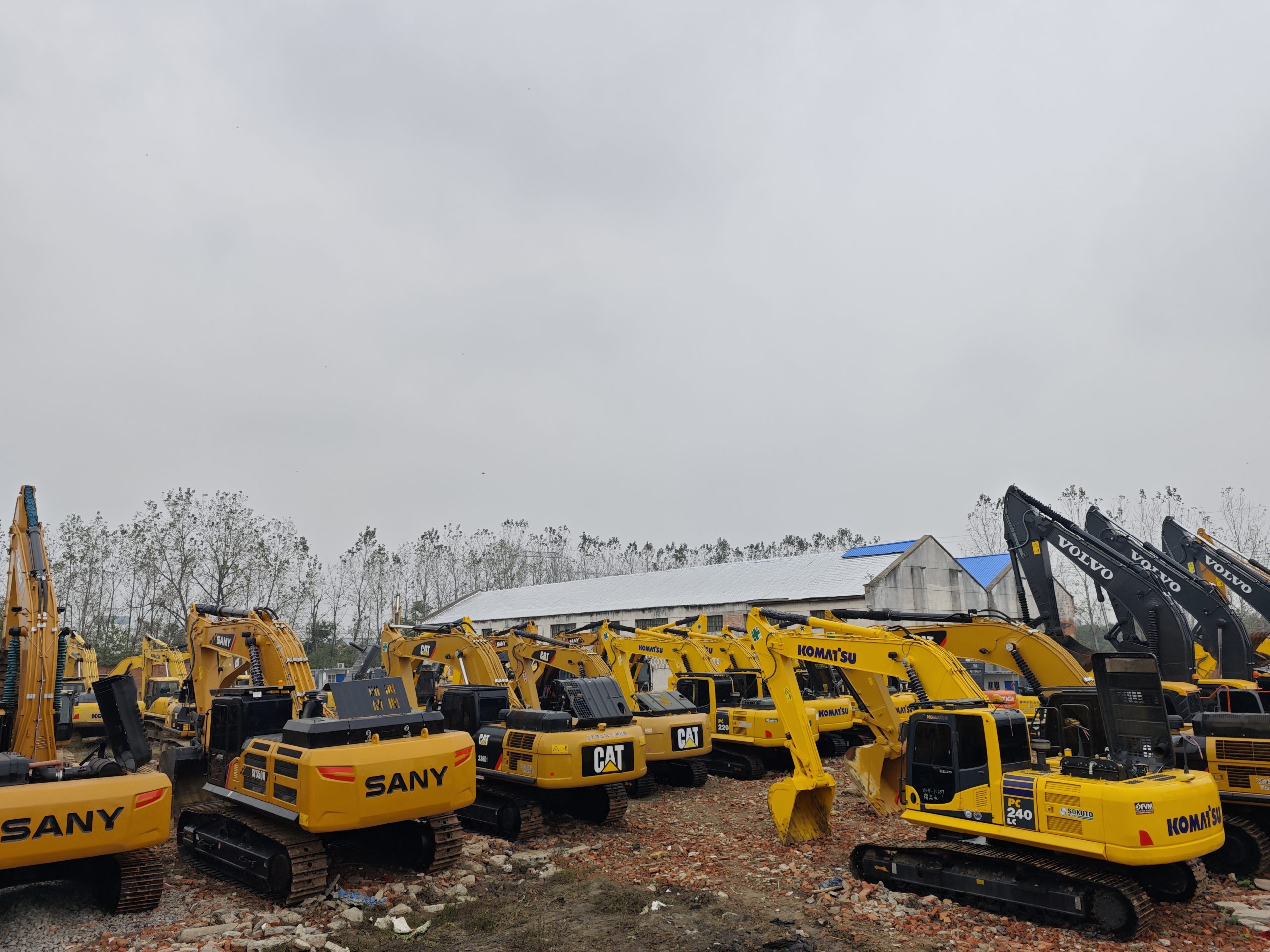Second-hand excavator purchase advice in 2025: How to avoid market traps
Release time: 2025-01-10
With the rapid development of global infrastructure construction, the second-hand excavator market has shown a growth trend in recent years. Especially in 2025, market demand remains strong, attracting a large number of investors and users. Although second-hand excavators have become the first choice for many companies due to their relatively low prices, many potential traps and risks in the purchase process may also affect the return on investment. Therefore, understanding how to avoid these traps is crucial to ensure that you purchase cost-effective equipment.
Choose a reputable supplier
Choosing a reliable second-hand excavator supplier is the first step to avoid market traps. There are many second-hand equipment dealers in the market, but the quality of their equipment varies. In order to avoid purchasing problematic equipment, it is recommended to give priority to suppliers with a long operating history, customer praise and a complete after-sales service system. You can evaluate its reputation by online inquiries, referring to industry reputation or asking suppliers to provide customer reviews.
In addition, the equipment quality certification and maintenance records provided by the supplier can also be used as a reference. MC-excavator usually provides equipment maintenance records and original factory inspection reports. These materials can help you understand the use status and maintenance history of the equipment, thereby effectively avoiding the purchase of hidden fault equipment.
Carefully check the equipment’s condition
When buying a used excavator, the equipment’s working hours, engine condition, hydraulic system, track system, oil system, etc. should all be carefully checked. Here are some key checkpoints:
Working hours: Working hours are an important indicator for evaluating the condition of a used excavator. Generally speaking, the lower the working hours, the less wear and tear on the equipment, and the lower the maintenance cost. For some popular models, equipment with working hours within 5,000 hours is usually ideal.
Engine condition: The engine is one of the core components of the excavator, and it is necessary to focus on checking the engine’s operation when purchasing. Check whether the engine makes abnormal noises, whether the emissions are normal, whether the engine oil is clean, etc. You can ask the supplier to provide the engine’s maintenance history and inspection report to avoid purchasing equipment that has already experienced major failures.
Hydraulic system: The quality of the hydraulic system directly affects the equipment’s working efficiency and life. Check whether the hydraulic oil is clear, whether there is oil leakage in the hydraulic pipeline, and whether the hydraulic pump and motor are working normally. Any abnormality in the hydraulic system may mean high repair costs.
Track and walking system: The degree of wear on the track will affect the stability and operating efficiency of the equipment. Check the wear and deviation of the crawler to confirm whether it needs to be replaced. In addition, check whether the walking system is stable and the transmission system is smooth to avoid potential high maintenance costs.
Pay attention to the brand and original parts supply of the equipment
Brand plays an important role in the selection of second-hand excavators. Well-known brands such as Caterpillar, Komatsu, Hitachi, etc. are usually more popular in the market due to their technological advantages, stability and good after-sales service. Although the equipment of such brands is relatively expensive, its low failure rate in long-term use and extensive spare parts supply network can greatly reduce maintenance costs and equipment downtime.
In contrast, some non-mainstream brands or low-priced equipment may face problems such as difficulty in obtaining spare parts and insufficient technical support, which may increase the cost of later maintenance and may even be unable to continue to use. Therefore, when choosing, you need to carefully consider the brand and the guarantee of original spare parts.
Be cautious in choosing equipment with too low prices
There are indeed some second-hand excavators with abnormally low prices on the market, which have attracted the attention of many price-sensitive buyers. However, equipment that is too cheap often comes with high hidden risks. The equipment may have serious faults or be about to undergo major repairs, and a large amount of money may be required for repair after purchase. Therefore, when choosing a low-priced second-hand excavator, be sure to ask the seller to provide a detailed inspection report and repair history of the equipment, and do not blindly pursue low prices and ignore the actual value of the equipment.
In 2025, there are still a lot of investment opportunities in the second-hand excavator market, but it is also full of risks. By choosing reputable suppliers, carefully checking the condition of the equipment, paying attention to the brand and original spare parts supply, understanding environmental emission standards, and carefully choosing equipment that is too cheap, you can effectively avoid market traps and ensure that you buy a cost-effective second-hand excavator. Ultimately, rational market judgment and careful equipment inspection will help you get the most out of the second-hand excavator market.


